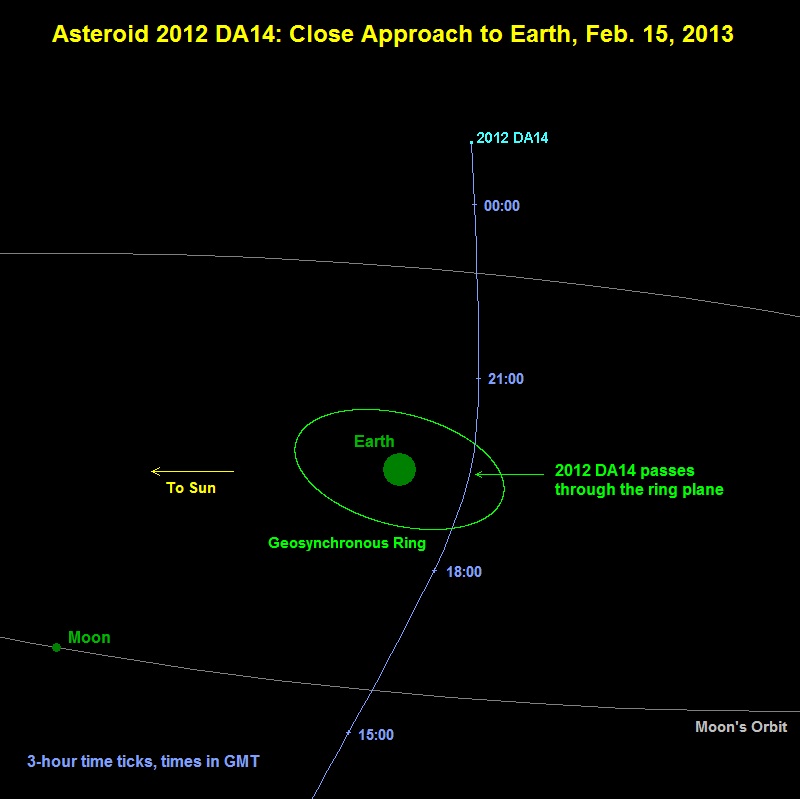NASA Launches New Website to Plan Interplanetary Voyages

NASA engineers have launched a new website tool that calculates the requirements for robotic and manned missions to asteroids, comets, planets and other destinations in the solar system.
Called the Trajectory Browser, the new website was developed at NASA's Ames Research Center, Moffett Field, Calif. By searching for their destination on the browser, scientists can get estimates about the launch energy, launch dates, duration and other requirements of their mission.
For instance, scientists could use the tool to find information about sending a spacecraft to rendezvous with asteroid 2012 DA14, a space rock about half the size of a football field that gave Earth a close shave last month. The Trajectory Browser calculates that potential launch dates for such a mission would be Feb. 24, 2014, Feb. 19, 2018, and Feb. 22, 2019, according to NASA.
To calculate potential trajectories from Earth, the program draws on the known paths of asteroids, comets, planets, moons and other objects being mapped and monitored by NASA’s Near Earth Object Program and the online HORIZONS system managed by NASA's Jet Propulsion Laboratory, in Pasadena, Calif.
"The Trajectory Browser website is best used as a first-cut tool to assess the existence of trajectories to small bodies and planets and provide ball-park values on launch date, duration and trajectory requirements," Cyrus Foster, an aerospace engineer at the Ames Mission Design Center and lead developer of the Trajectory Browser, said in a statement. "The website is flexible enough to provide information about various types of missions such as rendezvous, sample return or flybys and is routinely updated with the latest asteroid and comet discoveries made by astronomers and NASA missions."
You can search for more paths yourself on the Trajectory Browser website.
Follow SPACE.com on Twitter @Spacedotcom. We're also on Facebook and Google+. Original article on SPACE.com.
Get the Space.com Newsletter
Breaking space news, the latest updates on rocket launches, skywatching events and more!
Join our Space Forums to keep talking space on the latest missions, night sky and more! And if you have a news tip, correction or comment, let us know at: community@space.com.

Megan has been writing for Live Science and Space.com since 2012. Her interests range from archaeology to space exploration, and she has a bachelor's degree in English and art history from New York University. Megan spent two years as a reporter on the national desk at NewsCore. She has watched dinosaur auctions, witnessed rocket launches, licked ancient pottery sherds in Cyprus and flown in zero gravity on a Zero Gravity Corp. to follow students sparking weightless fires for science. Follow her on Twitter for her latest project.
Most Popular

